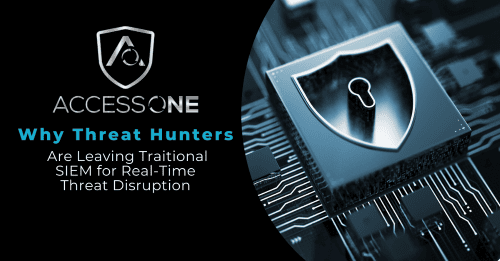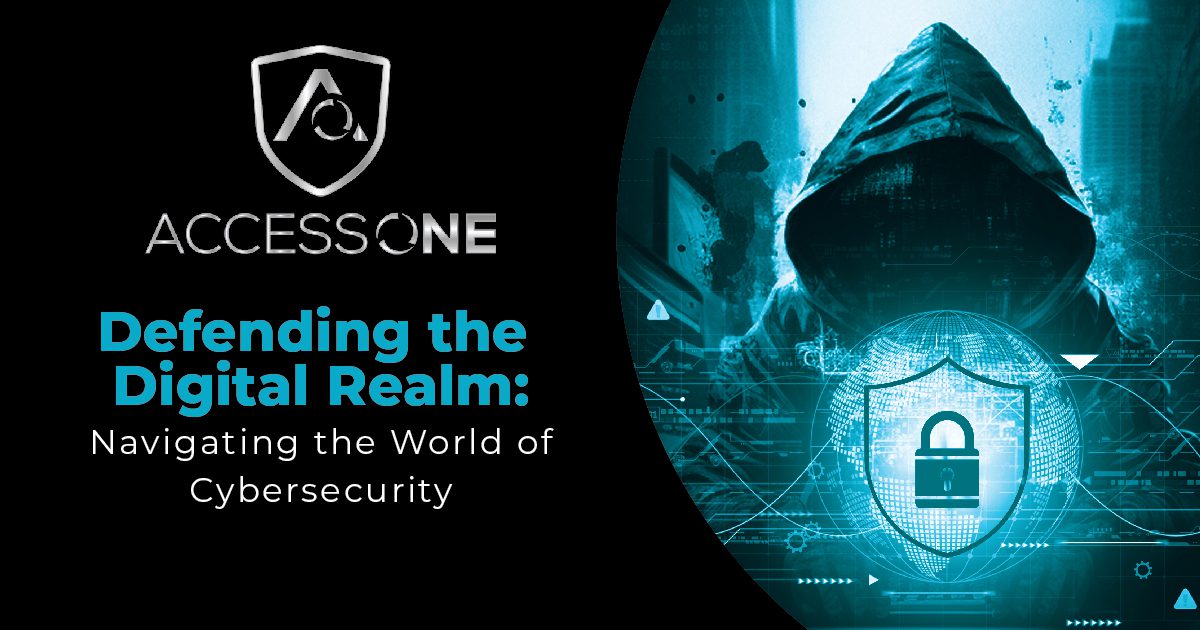If your business is one of the many using a hybrid workforce model, you need to focus on cyber security to protect your future. Experts in the cyber security field are concerned about the larger attack surface presented by a hybrid workforce. For example, recent research found that 90% of data breaches1 originated in web apps typically used by hybrid workforces.
There are many reasons why a hybrid workforce presents more threats. They range from employees using personal devices to the use of more third-party apps to the fact that employees working from home are less focused on protecting themselves from cyber threats.
When the pandemic hit, businesses had to scramble to deploy technologies needed to support a remote or hybrid workforce. The quick turnover often didn’t leave time for in-depth analysis of hybrid workforce security, and a variety of vulnerabilities were created. In many situations, it is only now that businesses are stepping back to reevaluate their transition to a remote and then hybrid workforce.
What Are the Essentials for Hybrid Workforce Security?
There are four areas you can address to ensure that you have the essentials for hybrid workforce security in place.
1. Risk Assessment
Your business is unique in terms of the risks you face, and your threat profile will depend on a number of factors. If you have a large portion of your IT operations in the cloud, you’ll have a different level of risk than if you operate mainly on premises. If your remote workers are using a VPN, your risk will be different than if they’re connecting directly to the network without encryption.
A risk assessment is needed to help you clearly identify and document where your most critical data is stored, your data retention policies, the priorities that need to be assigned to your assets, and more.
2. Vulnerability Management
After a risk assessment, you can develop a cyber security strategy and start with 24/7 monitoring to identify cyber threats and give you the ability to protect your assets from attack. Real-time threat detection lets you test for vulnerabilities, get alerts about suspicious activity, and decide how to respond.
3. Security Awareness Training
Research has shown that 95% of cyber security breaches are the result of human error.2 That disturbing fact illustrates how important cyber security awareness training is to protect your systems from attack. Educate your employees about the threats you’re facing, the impact a successful attack would have on the business and their work, their role in protecting the business, and the specific steps they can take to avoid a successful cyber attack.
4. Disaster Recovery Strategy
If the worst should happen, you’ll be much better able to handle a cyber attack if you have a disaster recovery strategy that includes disaster recovery plans. If you come under attack, there’s no time to decide how to respond, so employees need to know exactly what to do next.
Your Next Steps
If you haven’t revisited your hybrid workforce cyber security strategy recently, now is the time. All indications are that 2022 will continue to see increases in cyber attacks, and preparation is critical.
Many businesses are stalled because they don’t have the expertise or the staffing to address all the issues related to hybrid workforce security. That is when they look for an IT security partner like Access One to help them foil the hackers and achieve peace of mind.
Learn more about the IT security services from Access One, or contact us today to discuss how we can help you improve your hybrid workforce security.














